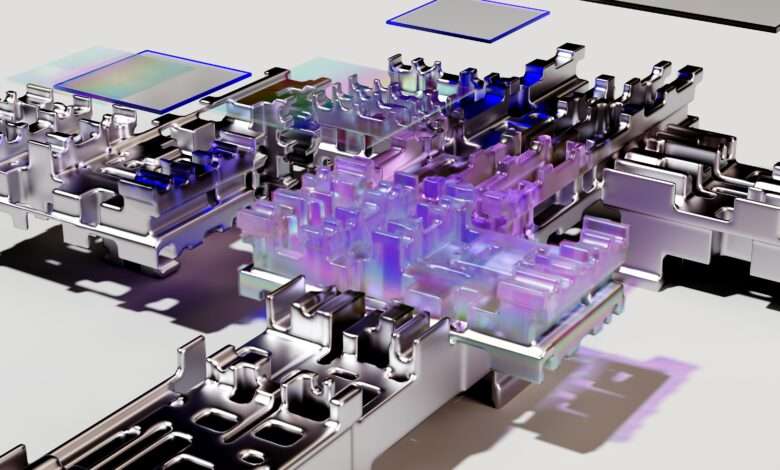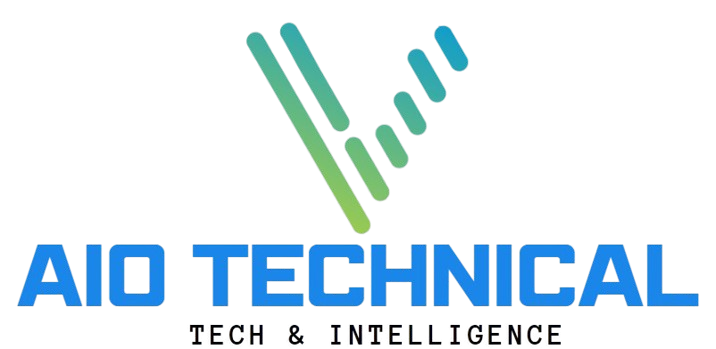Leveraging RAG LLM for Scientific Research : A Game-Changer in Knowledge Discovery

The landscape of scientific research is constantly evolving, with an ever-increasing need to process vast amounts of data efficiently and accurately. Researchers must not only stay abreast of the latest findings but also sift through massive datasets to uncover patterns and insights. Leveraging RAG LLM for scientific research presents an exciting opportunity to optimize these processes. By integrating advanced retrieval-augmented generation (RAG) technology, researchers can streamline tasks such as literature review, hypothesis testing, and data synthesis, thereby accelerating the pace of discovery.
In this article, we will explore how RAG LLM can transform scientific research, enhance productivity, and reduce the time required to validate hypotheses and summarize literature.
What is RAG LLM and Why is it Crucial for Scientific Research?
Understanding RAG LLM
At its core, RAG LLM (Retrieval-Augmented Generation) is an advanced AI model that combines two powerful capabilities: information retrieval and natural language generation. Unlike traditional LLMs that rely solely on pre-existing knowledge, RAG allows researchers to access real-time, up-to-date information from external databases. This dynamic system offers enhanced data retrieval capabilities, pulling information from sources like academic journals, medical research repositories, and open-source databases.
By seamlessly blending real-time information with language generation, Leveraging RAG LLM for Scientific Research, produces accurate, well-structured, and contextually relevant content, making it an invaluable tool for scientific research. Researchers can use RAG LLM to improve the efficiency of literature reviews, refine hypothesis testing, and gain insights from a broader spectrum of research findings.
Key Features of RAG LLM for Research
- Real-Time Data Access: RAG LLM pulls the latest research findings, ensuring that researchers are working with the most current and relevant information.
- Summarization Abilities: With the power to condense long papers and articles into succinct summaries, RAG LLM helps researchers quickly assess the relevance of a study.
- Cross-Referencing: The system allows for the validation of hypotheses by cross-referencing similar studies, increasing the robustness of research findings.
By leveraging RAG LLM for scientific research, researchers can focus on interpreting data and drawing conclusions, rather than spending valuable time searching for and synthesizing information.
Accelerating Literature Review with Leveraging RAG LLM for Scientific Research
Streamlining the Literature Search Process
The literature review is a foundational step in any research project, but it is often time-consuming and labor-intensive. Researchers must comb through multiple databases, journals, and publications to identify relevant studies and insights. By leveraging RAG LLM for scientific research, this process becomes far more efficient.
RAG LLM enhances the literature review process in the following ways:
- Dynamic Retrieval of Sources: RAG LLM retrieves the most relevant and up-to-date research papers based on the specific query or research topic. Unlike traditional search engines, which often return a broad spectrum of sources, RAG LLM narrows down the search to those studies that directly address the research question at hand.
- Automated Summarization: Once relevant research articles are retrieved, RAG LLM can automatically summarize key sections such as abstracts, conclusions, and methodologies. Researchers can rapidly review condensed versions of articles, allowing them to focus on those most pertinent to their research objectives.
- Topic Categorization and Clustering: RAG LLM can categorize and organize the retrieved articles into thematic clusters, facilitating the identification of emerging trends or gaps in the existing literature. This topic mapping aids researchers in navigating vast amounts of literature and ensures comprehensive coverage of the field.
Real-World Example: RAG LLM in Action
In the field of biotechnology, researchers leveraging RAG LLM for scientific research can quickly retrieve and summarize the latest studies on genetic engineering, CRISPR technologies, and biomedical applications. By accessing multiple databases simultaneously, RAG LLM ensures that the researcher has a holistic view of the most current advancements in the field, reducing the risk of overlooking important findings.
Enhancing Hypothesis Testing with Leveraging RAG LLM for Scientific Research
Validating Research Hypotheses
One of the most critical stages in scientific research is hypothesis testing, where researchers formulate predictions based on existing theories or observations and test these predictions through experimentation and data analysis. Leveraging RAG LLM for scientific research can significantly enhance the reliability and depth of hypothesis testing by providing additional context and validating assumptions.
Here’s how RAG LLM optimizes the hypothesis testing process:
- Cross-Referencing and Comparison: RAG LLM allows researchers to pull studies that use similar methodologies or test similar hypotheses. By cross-referencing these studies, researchers can validate their own hypotheses and identify potential inconsistencies or discrepancies in their research approach.
- Data-Driven Insights: RAG LLM can pull data from a variety of sources and datasets, allowing researchers to compare their experimental results with those obtained by others. This comparison can uncover potential biases or gaps in the research methodology, leading to more accurate conclusions.
- Identification of Experimental Designs: RAG LLM can also suggest appropriate experimental designs based on past studies. For instance, it can recommend statistical techniques or sample sizes used in similar research, helping researchers refine their methodologies and improve the accuracy of their hypothesis testing.
Reducing Bias in Hypothesis Testing
In scientific research, confirmation bias—where researchers inadvertently focus on results that support their hypotheses—can be a significant challenge. By leveraging RAG LLM for scientific research, this bias can be reduced. Since RAG LLM pulls data from a wide range of sources and studies, researchers are more likely to encounter diverse perspectives and findings that challenge their assumptions, leading to more objective and reliable conclusions.
Ethical Considerations in Using RAG LLM for Scientific Research
Ensuring Responsible Use of AI in Research
As with any AI tool, it’s important to approach RAG LLM with a sense of ethical responsibility. While Leveraging RAG LLM for Scientific Research, can greatly enhance productivity, there are a few ethical considerations to keep in mind:
- Data Quality and Source Selection: Researchers must ensure that the data retrieved by RAG LLM comes from reliable, peer-reviewed sources. In some cases, AI systems may pull information from less reputable platforms, which could skew results. Researchers should verify the quality and credibility of sources to avoid incorporating flawed data into their analysis.
- Avoiding Reinforcement of Biases: Since RAG LLM retrieves information based on existing data, there is a risk that it may reinforce biases present in the literature. It is essential for researchers to critically evaluate the data and ensure they are using diverse and representative sources in their analysis.
- Transparency in AI Use: Researchers should disclose the use of RAG LLM in their studies, ensuring transparency in the research process. This will allow peers to understand the role of AI in their findings and better assess the validity of the research.
The Future of Research : Leveraging RAG LLM for Scientific Research
Customization for Specialized Research Areas
Leveraging RAG LLM for Scientific Research, continues to evolve, its capabilities will expand, enabling more specialized and tailored research tools. Researchers can customize RAG LLM models to pull information from specific niche databases or to focus on particular research areas. This ability to tailor the system to specific research needs will further enhance the relevance and precision of the data retrieved, allowing for more targeted and efficient research.
Collaborative Potential Across Disciplines
Another exciting possibility with Leveraging RAG LLM for Scientific Research is its potential for fostering collaboration across disciplines. With the ability to quickly retrieve and synthesize information from a wide range of fields, RAG LLM can facilitate cross-disciplinary collaboration, allowing scientists from different domains to work together more efficiently. For instance, a neuroscientist working with a computer scientist on brain-computer interface technology could leverage RAG LLM to pull information from both neuroscience and AI research, streamlining collaboration and accelerating innovation.
Conclusion: Harnessing the Power of RAG LLM for Scientific Progress
The integration of Leveraging RAG LLM for Scientific Research is transforming how researchers approach tasks such as literature review, hypothesis testing, and data analysis. By enabling real-time access to relevant research, automating summarization, and enhancing the accuracy of hypothesis validation, RAG LLM is a powerful tool that enhances both the speed and depth of scientific discovery. As the technology continues to evolve, its potential to shape the future of research is vast.
This review has been prepared by V Aiotechnical.com, highlighting how RAG LLM is revolutionizing scientific research and empowering researchers to accelerate their discoveries. By incorporating AI-driven tools like RAG LLM, scientists can unlock new frontiers in knowledge, making their research more efficient, comprehensive, and impactful.





